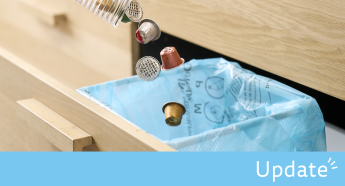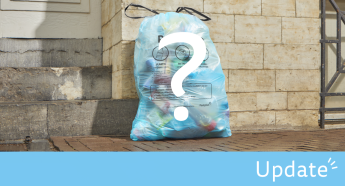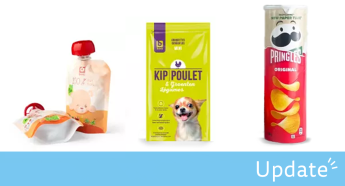100,000 Belgians test smart deposit
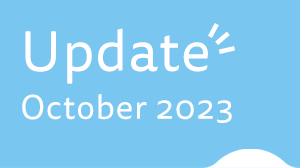
During the month of September, two new pilot projects were launched to test digital deposits. Around 100,000 visitors to Bobbejaanland and Center Parcs De Haan will get the chance to familiarise themselves with the system. The effective impact of the system on cleanliness will be measured through litter counts.
A first pilot project started on 15 September in the amusement park Bobbejaanland, where visitors can test the system during the last three weekends of September. The second project will run from 22 September to 13 October at Center Parcs De Haan and on the dike of Wenduine, a borough of De Haan. This will involve close cooperation with the Spar grocery store in Wenduine, which is responsible for distributing beverage containers and PMD bags for the project. A number of local traders also joined in.
Target group considerably expanded
The two pilot projects are the result of a project call by the Flemish Government, coordinated by the Public Waste Agency of Flanders (OVAM). Two previous pilot projects were already running in the spring, at Corda Campus in Hasselt and at the KBC headquarters in Leuven.
Whereas the first pilot projects still focused on Corda Campus and KBC employees, the target audience of these new projects is much broader and larger. Altogether, some 100,000 people will get to work with the digital deposit. By choosing a very broad target group - young and old, but also residents, visitors and tourists - we will get a better idea of the effective ease of use of the system in practice, in different situations.
Home scanners close digital divide
The project in De Haan will also test the first home scanners. These should ensure that people who do not have a smartphone or internet can still participate in the smart deposit easily and free of charge. After all, the system must be accessible to every Belgian, regardless of their digital knowledge. Tenants of several dozen cottages at Center Parcs De Haan will be handed the first prototypes, which will allow them to de-value the deposit on their empty drink containers.
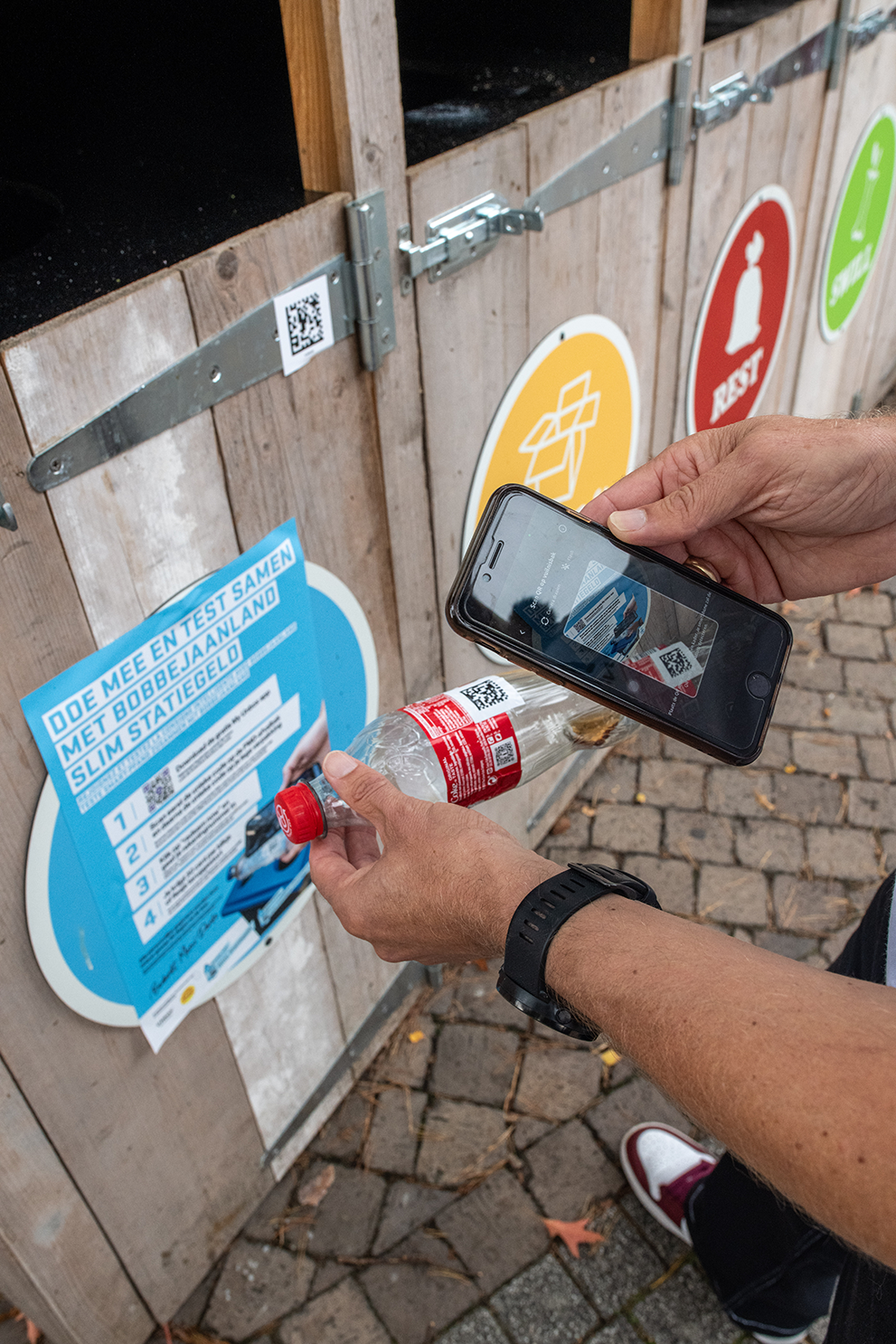
In the amusement park Bobbejaanland, visitors can test the system during the last three weekends of September.
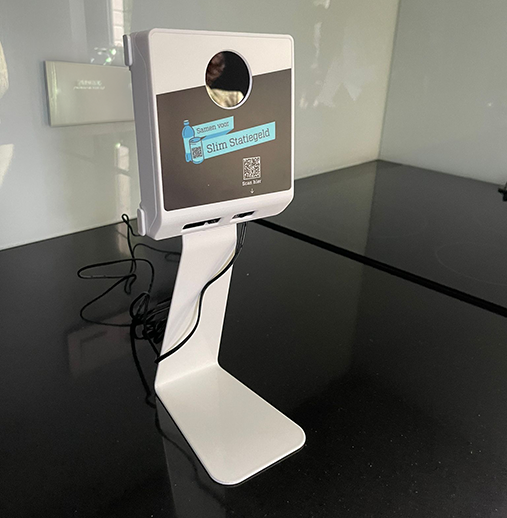
Technical aspects are also under scrutiny. The first pilot projects still used stickers with a unique code manually affixed to beverage containers due to the limited scale. For these new projects, serially printed bottles and cans will now be used for the first time. A total of 100,000 beverage bottles and cans will be given a unique code for the new projects. This will be done in close cooperation with beverage producers and retailers.
Putting to the test
Finally, the pilot projects will also map the effect of the deposit on cleanliness. At the locations of the pilot projects, targeted litter counts are carried out before and during the term. This involves counting the uniquely coded beverage containers in the litter present.
Further tests in Wallonia and Brussels aimed at specific target groups will follow later this year. The aim is to provide policymakers with the necessary input to make an informed choice by the end of the year, with the ultimate goal of introducing the system across Belgium by 2025.


